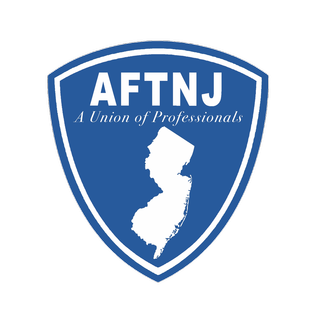By James Cersonsky
As student debt skyrockets, the movement to resist it is spreading.
On September 9, Sallie Mae became the 50th corporation to cut ties with the American Legislative Exchange Council—and the first to do so under pressure from students.
As a member of the controversial legislative advocacy group, commonly known as ALEC, Sallie Mae had drafted model legislation to limit higher education funding. And why not? The more students have to pay out of pocket, the more Sallie Mae, a student loan company, can rake in—including tens of millions in Department of Education contracts to service federal loans.
Students took notice. In October 2011, members of Occupy DC marched from their base at McPherson Square to Sallie Mae’s lobbying headquarters. “The conversation at [that] moment was going after those profiting off student debt,” says Chris Hicks, the student debt campaign organizer for Jobs With Justice-American Rights at Work, a national worker advocacy group. Sallie Mae was selected because it had the most lucrative student loan business, “starting a ball rolling that has only gained momentum since then.”
In March 2012, 36 protesters were arrested for blocking the street outside Sallie Mae’s offices. A year later, students introduced a shareholder resolution calling for the company to disclose its executive bonus structure, its lobbying practices, and its connections with ALEC. Now, more than a month after leaving ALEC, the company still languishes under federal investigation for charging higher interest rates and fees to students of color, evidence that it failed to reduce interest rates for military service-members, and calls for the Department of Education to cut its contract. As company spokesperson Martha Holler described the decision to sever the ALEC connection, “The noise level was distracting from the original business purpose.”
Meanwhile, Sallie Mae’s business, student debt, is exploding. Last year, the national total topped $1 trillion, outscoring credit card debt and auto debt. From 2005 to 2012, the average burden went from $16,651 to $24,803, upping student debtors’ chances of losing credit, having their wages garnished, and accruing more interest—and debt.
It’s a crisis of uncharted proportions. It’s also, as the groundswell against Sallie Mae suggests, a spark.
From national-level organizing, which unites student, worker and progressive groups, to levying local pressure on administrators and elected officials, student debtors are flipping the script on student debt, moving it from individual responsibility to systemic crisis.
More>>


